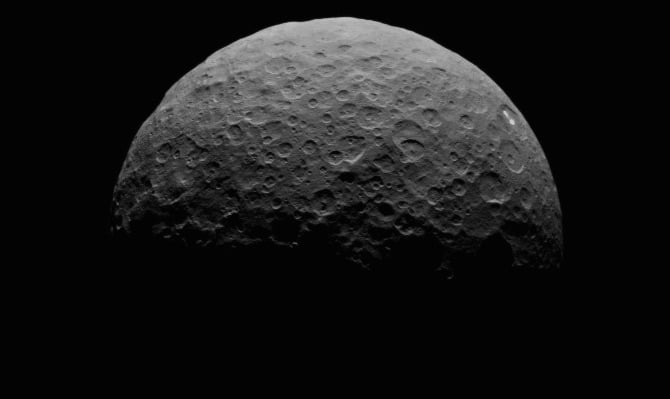Dwarf planet Ceres, the unpleasant lump of icy rock orbiting between Mars and Jupiter, once had an environment in which microbes might have thrived.
So says a paper titled “Core metamorphism controls the dynamic habitability of mid-sized ocean worlds—The case of Ceres” published this week in the journal Science Advances .
As distilled by NASA, whose Dawn spacecraft captured the data used in the paper, previous examinations of Ceres suggested that ice present on its surface came from water that percolated up from internal reservoirs of liquid brine.
Salt deposits on Ceres’ surface suggest that brine contained carbon, which microbes need. The new paper suggests the dwarf planet may also have produced enough chemical energy – thanks to radioactive decay of material in its core – to make it

 The Register
The Register

 America News
America News Associated Press US News
Associated Press US News Wyoming Tribune Eagle
Wyoming Tribune Eagle CBS News
CBS News FOX 5 Atlanta Crime
FOX 5 Atlanta Crime AmoMama
AmoMama The Hill Video
The Hill Video Daily Herald Lifestyle
Daily Herald Lifestyle ABC 7 Chicago Sports
ABC 7 Chicago Sports The Cut
The Cut